Download Lesson Pack
What Fills Your Bucket? Mindful Media Consumption
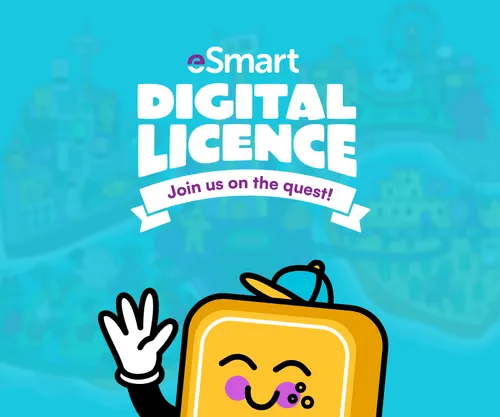
Child Safeguarding Statement
Some resources and activities may prompt a child to remember and potentially share an experience of harm. Make sure you’re familiar with your school's safeguarding policies and procedures so you can confidently report safety and well-being concerns.
Prepare students for the session by discussing: their right to be safe and respected; what to do if discussing online safety makes them feel uncomfortable or unsafe; and how to seek help if they feel or have felt unsafe. Use this resource available on the website.
What Fills Your Bucket? Mindful Media Consumption
Learners reflect on how online content affects their wellbeing, building habits to support emotional safety.
Lesson details
Compulsion
About this Risk Area
Addresses excessive use of digital devices or online activities which can impact children's mental health, academic performance, and social relationships.
Example topics:
- Understanding the importance of balanced screen time.
- Developing healthy habits for managing digital device use and prioritising offline activities.
- Setting boundaries and practicing self-regulation when it comes to online gaming, social media, and other digital activities.
The resources for this risk area promote healthy relationships with technology and encourage positive social and emotional wellbeing.
In this reflection lesson, learners will think about how the online content that they consume and engage with may affect their feelings and well-being. They will look at what online content makes them feel good—those that ‘fill their bucket’—and the content that may detract from their sense of wellbeing.
This lesson aligns with and promotes several principles from the United Nations Convention on the Rights of the Child, including the right to mental and emotional wellbeing (Article 24), and the right to freedom of expression and safe participation (Article 13). Through this lesson, children are supported in making informed, healthy decisions about their online lives, contributing to their overall rights to safety, wellbeing, and responsible access to information.
Learning Intentions
Learners will:
- Develop an understanding of their right to positive wellbeing when engaging in online spaces.
- Develop skills and behaviours around being mindful media consumers and creators.
These intentions are evidenced when Learners can:
- Identify their right to wellbeing when engaging in online spaces or consuming online media.
- Identify at least one strategy for online media consumption that positively benefits wellbeing, and one that negatively impacts wellbeing.
Educators will:
- Facilitate reflection on how online activities influence emotions and well-being.
- Model mindful media use and effective discussion around well-being and digital citizenship.
These intentions are evidenced when educators can:
- Guide learners to articulate their feelings about various online activities and reflect on their impact.
- Evaluate the effectiveness of the lesson by assessing understanding of mindful online behaviour and engagement in reflective activities.
Curriculum alignment
Australian Curriculum (Version 9.0)
The Australian Curriculum outlines the fundamental knowledge, comprehension, and abilities students are expected to acquire as they advance through the initial 11 years of schooling.
Years 5 & 6: Health and Physical Education
- AC9HP6P06: Apply strategies to manage emotions and analyse how emotional responses influence interactions.
- AC9HP6P08: Analyse and rehearse protective behaviours and help-seeking strategies that can be used in a range of online and offline situations.
- AC9HP6P10: Analyse how behaviours influence the health, safety, relationships and wellbeing of individuals and communities.
- AC9HP6M06: Propose and explain strategies to increase physical activity and reduce sedentary behaviour levels in their lives.
My Time, Our Place – Framework for School Age Care in Australia
This framework assists educators to provide children and young people with opportunities to maximise their potential and develop a foundation for successful lifelong learning. The Framework has been designed for use by approved providers and school age care educators working in partnership with children and young people, their families and the community, including schools.
Outcome 1: Children and young people have a strong sense of identity.
Children develop an understanding of their emotions and sense of self through reflection on their digital interactions and mindful media consumption. This is evident when children:
- Identify their right to emotional and mental wellbeing when engaging in digital spaces.
- Reflect on how online content impacts their mood and emotions, making choices that promote positive self-perception.
Outcome 3: Children and young people have a strong sense of wellbeing.
Children understand how their media choices influence their physical, emotional, and social wellbeing and learn strategies to enhance it. This is evident when children:
- Identify and implement strategies for mindful media use to support their emotional and physical wellbeing.
- Engage in reflective activities that help them recognise the balance needed between online and offline life.
CASEL Framework
This Framework creates a foundation for applying evidence-based, Social and Emotional Learning (SEL) strategies both at school and in the broader community. Its aim is to support the cultivation of SEL skills and environments that advance students’ learning and development.
Self-Awareness
The lesson helps students reflect on their emotions and how media consumption impacts their wellbeing. This is evident when learners:
- Recognise their emotional responses before and after engaging with media.
- Identify which media content contributes positively or negatively to their mood and mental state.
- Develop an understanding of their personal needs and boundaries in digital spaces.
Bournemouth University Theory of Change
This project, funded by the Department for Digital, Culture, Media and Sport (DCMS) as part of the UK government's Online Literacy Media Strategy, aims to empower people to stay safe online by being able to critically evaluate what they see and read on the internet. It offers a transferable and sustainable framework and methodology that can not only be used for the independent evaluation of media literacy projects but also to inform their future design.
- Awareness: Media literacy enables people to have a critical awareness of how media and information represent people, events, issues and places. On a larger scale, media literacy helps us to understand how the media environment we are engaging with is constructed, for example in terms of how diverse it is, who owns or controls different media sources and how digital and social media is governed, designed and manipulated. Media literacy also involves critical awareness about the role of data and algorithms in everyday life and with regard to citizenship, education, work and health.
National Association of Media Literacy Education (NAMLE)
The NAMLE Framework outlines the foundational concepts and principles for teaching and learning about media literacy. Media literacy, as defined by NAMLE, is the ability to access, analyze, evaluate, create, and act using all forms of communication.
Core Principle 1
- 1.1: MLE encourages learners to ask critical questions about what they watch, listen to, play, and read.
- 1.2: MLE intersects with other literacies, such as emotional and social literacy.
Core Principle 2
- 2.1: MLE is inclusive of all types of media, including digital, visual, and interactive formats.
- 2.3: MLE integrates physiological and psychological responses to media.
Core Principle 5
- 5.1: MLE emphasises personal experiences as a lens for media interpretation.
Core Principle 6
- 6.1: MLE encourages responsible and active digital citizenship.
- 6.3: MLE promotes collaboration and dialogue.
Core Principle 7
- 7.1: MLE highlights both the benefits and risks of media.



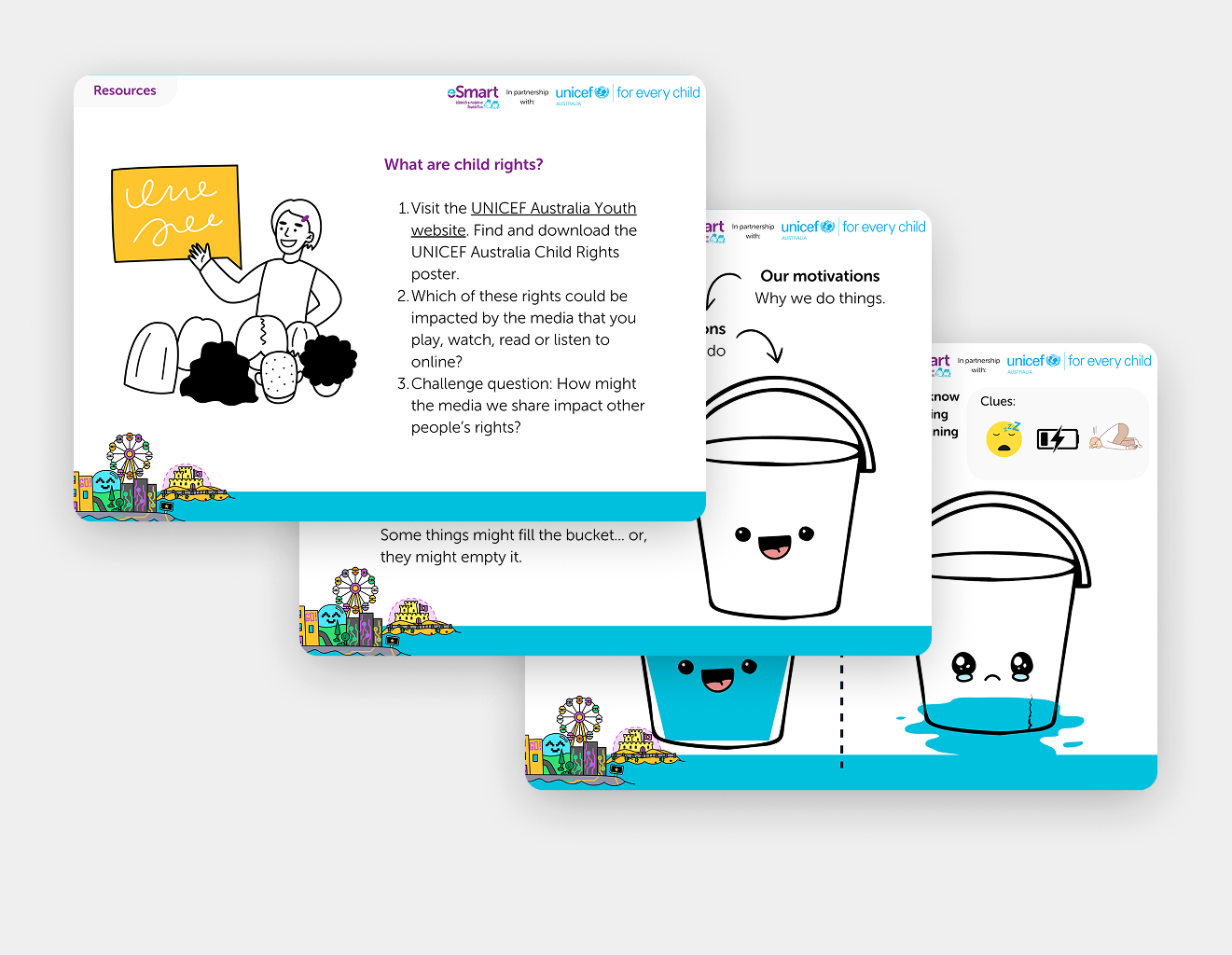

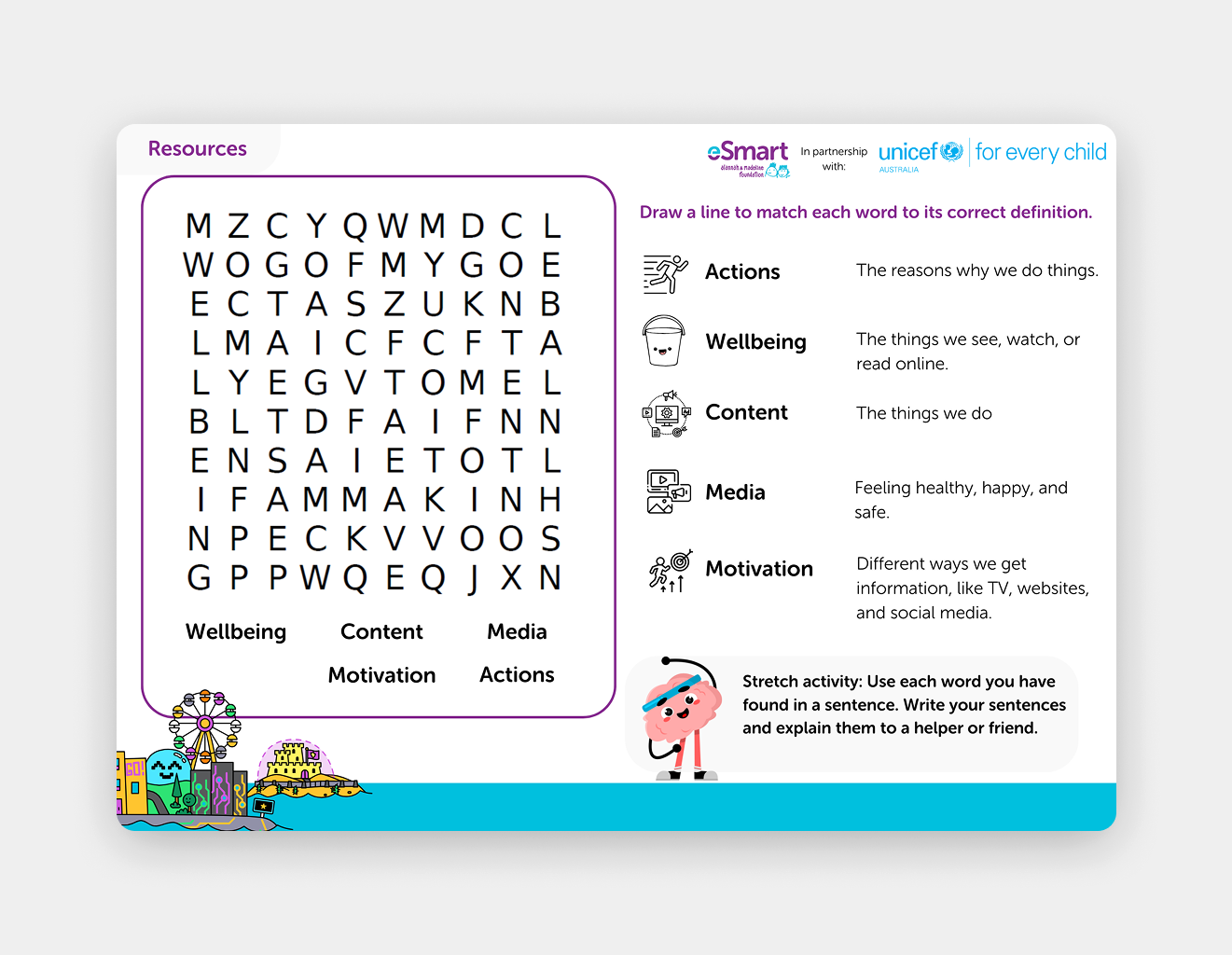
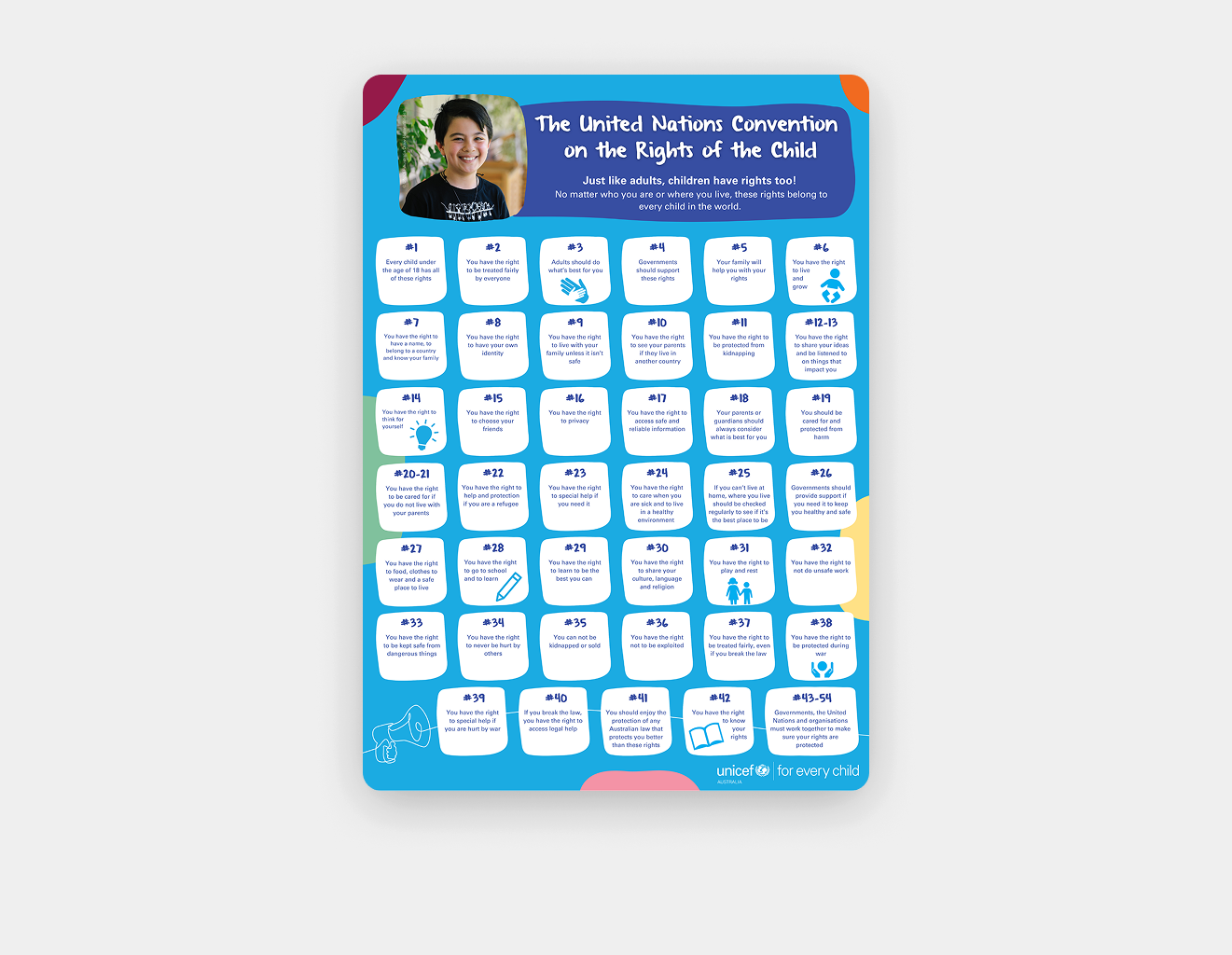
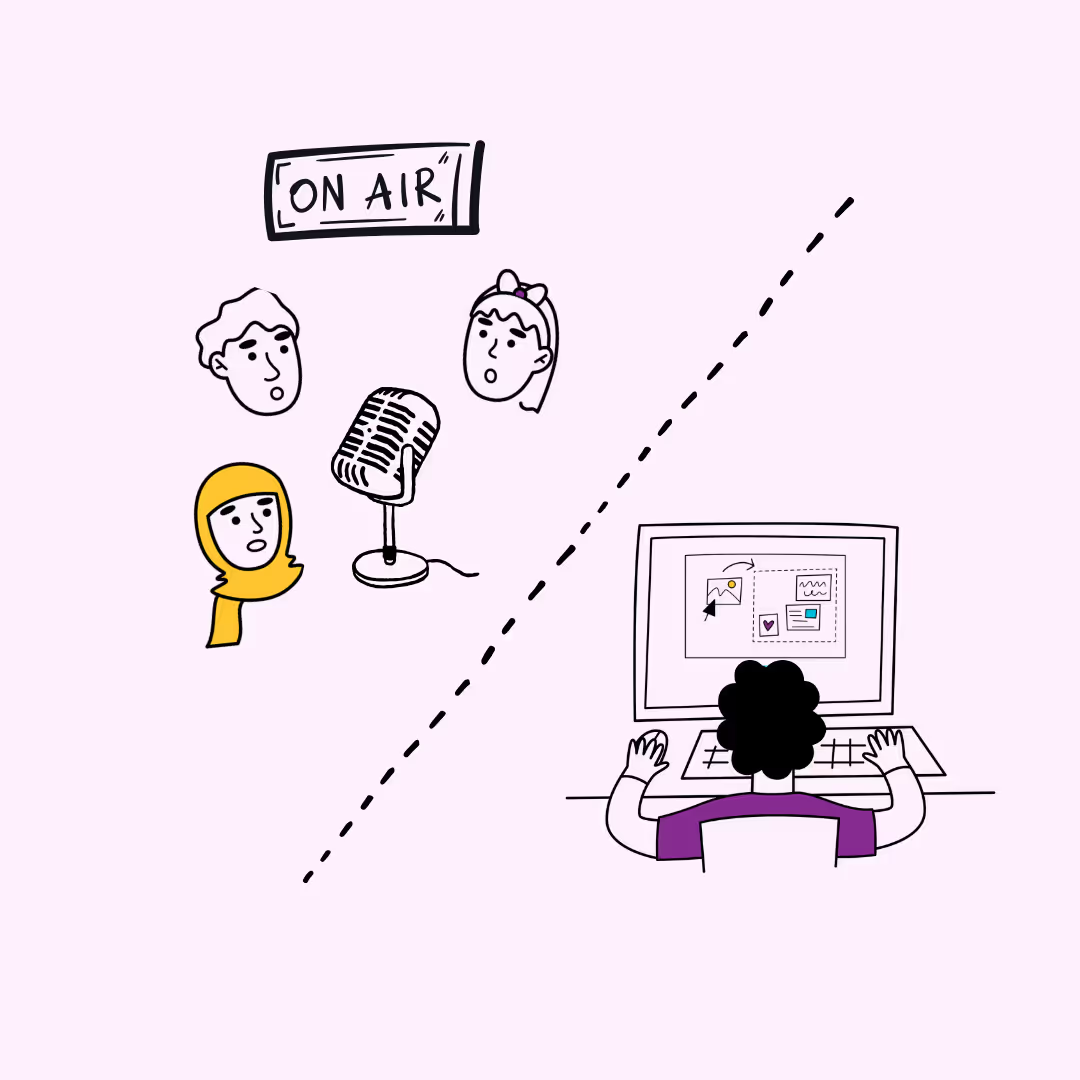
.avif)
.avif)